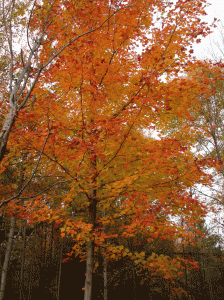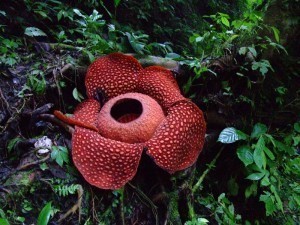Maple Tree Size
Maple is a very useful tree with a variety of  functions. It belongs to the genus Acer, which is comprised of different kinds of shrubs and trees. These include Acer palmatum, Acer platanoides as well as Acer rubrum. The maple tree plays a significant role in agriculture, tourism and food. In addition to these important facts, it is also good to know the size of maple trees.
functions. It belongs to the genus Acer, which is comprised of different kinds of shrubs and trees. These include Acer palmatum, Acer platanoides as well as Acer rubrum. The maple tree plays a significant role in agriculture, tourism and food. In addition to these important facts, it is also good to know the size of maple trees.
The Size of Maple Trees
The height of maple trees vary, depending on the species of tree where it belongs. Generally, the height of these threes ranges from 30 to 145 feet or 10 to 45 meters. There are also shrubs, which are smaller than trees, the average height of which is only 10 meters or less. Delicate cultivars are much smaller and are usually grown in pots, which can grow no more than 50 to 100 centimeters.
Additional Facts and Other Important Details
Many species of this tree have lobed, veined and palmate leaves. Some species have trifoliate leaves including the three-flowered maple or Acer triflorum, Nikko maple or Acer maximowiczianum and Manchurian maple or Acer mandshuricum. Another notable maple tree with trifoliate leaves is the paperbark maple or Acer griseum.
The box-elder or Acer negundo is a species known for its pinnately compound leaves, which may have nine, seven or five leaflets. In addition, few species possess simple pinnately-veined leaves, particularly the hornbeam maple or Acer carpinifolium and the Nepal maple or Acer laevigatum. Maples are very important to bees because they provide nectar and pollen specifically during early spring.
The flowers of maples are borne in umbels, corymbs or racemes. They are described as pentamerous and regular, usually with four or five sepals. Likewise, they also have four or five petals, each of which measures about 1 to 6 millimeters long. These flowers also have at least four stamens, each measuring about 6 to 10 millimeters long. Full-grown flowers come in different colors, the most common of which are red, orange and yellow.
Just like other trees and plants, maples are at risk of different pests and diseases. Some of the pests affecting this particular type of tree include aphids and Lepidoptera. To solve these problems, it is good to use a dimethoate spray. It is also possible for maples to acquire fungal diseases like the sooty bark disease as well as the Verticillium wilt. Other causes of diseases include the Ganoderma root decay and Phytophthora root rot. Today, maple trees are being transformed into smaller variations, such as the field maple or Acer campestre, trident maple or Acer buergerianum and Japanese maple or Acer palmatum.





